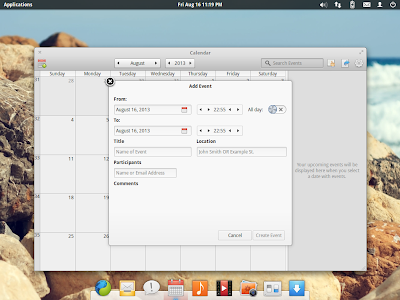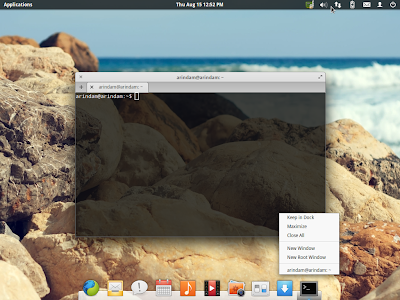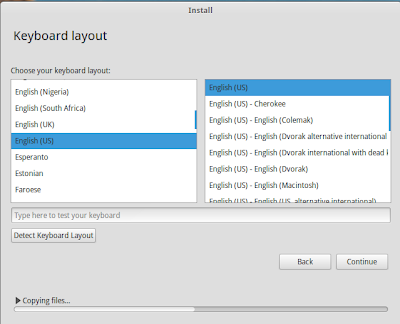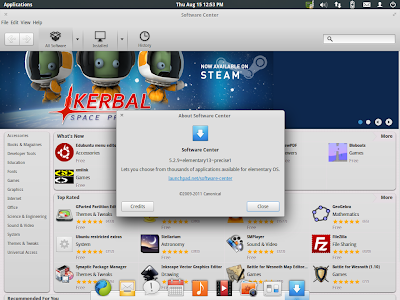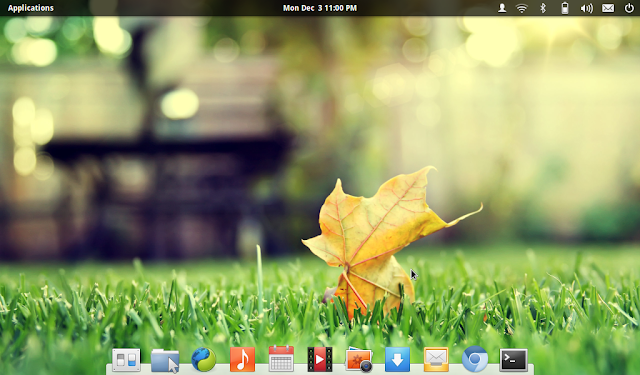Elementary Desktop Environment
is A new lightweight, modular desktop environment primarily written in
Vala and GTK+, for the elementary project. It comes with a Gnome style
top panel, main menu on the left and indicators, user menu on the right.
At bottom of screen it’s the launcher (Docky)
On Elementary Desktop Environent only available single main menu that is Applications button
which shows items in page. The system tray area looks same to
gnome-classic. except the themes and main menu, it seems like a
customized gnome-classic session replaced bottom panel with Docky (Cairo
Dock)
To install all Package Elementary Desktop environent in Ubuntu 12.04 Precise Pangolin, you can follow instructions below
How Install Elementary Desktop Environment in Ubuntu 12.04 LTS
To Install Elementary Desktop Environment Session in Ubuntu 12.04, You
can install via Elementary Daily PPA. The PPA might break your system,
so use it at your own risk.this PPA also work on Ubuntu 11.04 Natty
Narwhal and Ubuntu 11.10 Oneiric Ocelot. Lets start it, open terminal
window then run command below:
sudo add-apt-repository ppa:elementary-os/daily
sudo apt-get update
sudo apt-get install elementary-desktop
After installation, log-out from current session and select ‘Pantheon‘ session to log-in. Now elementary desktop environment running in the Ubuntu 12.04 LTS.
Elementary Desktop Environment
originally for elementary OS, currently available in 32bit and 64bit
with codename “jupiter”, is available for download via torrent and
Direct. The both can be found on their website @elementaryos.org
Source:http://ubuntuportal.com/2012/05/install-elementary-desktop-environment-in-ubuntu-12-04-lts.html
Source:http://ubuntuportal.com/2012/05/install-elementary-desktop-environment-in-ubuntu-12-04-lts.html







